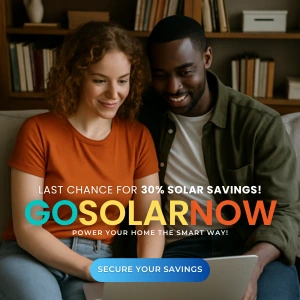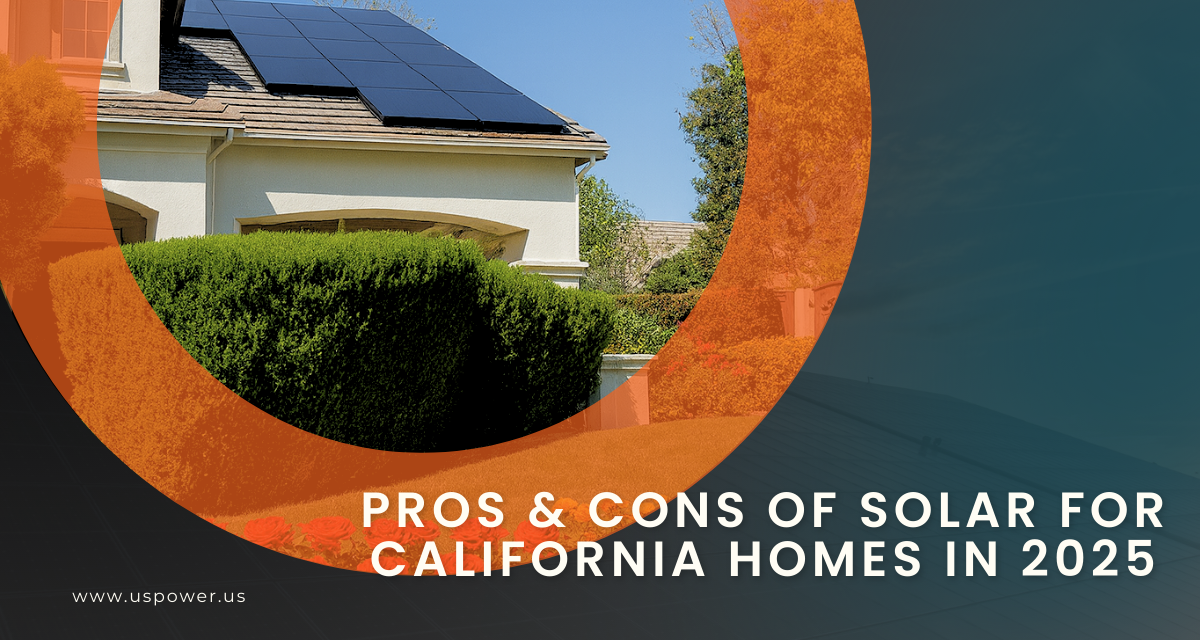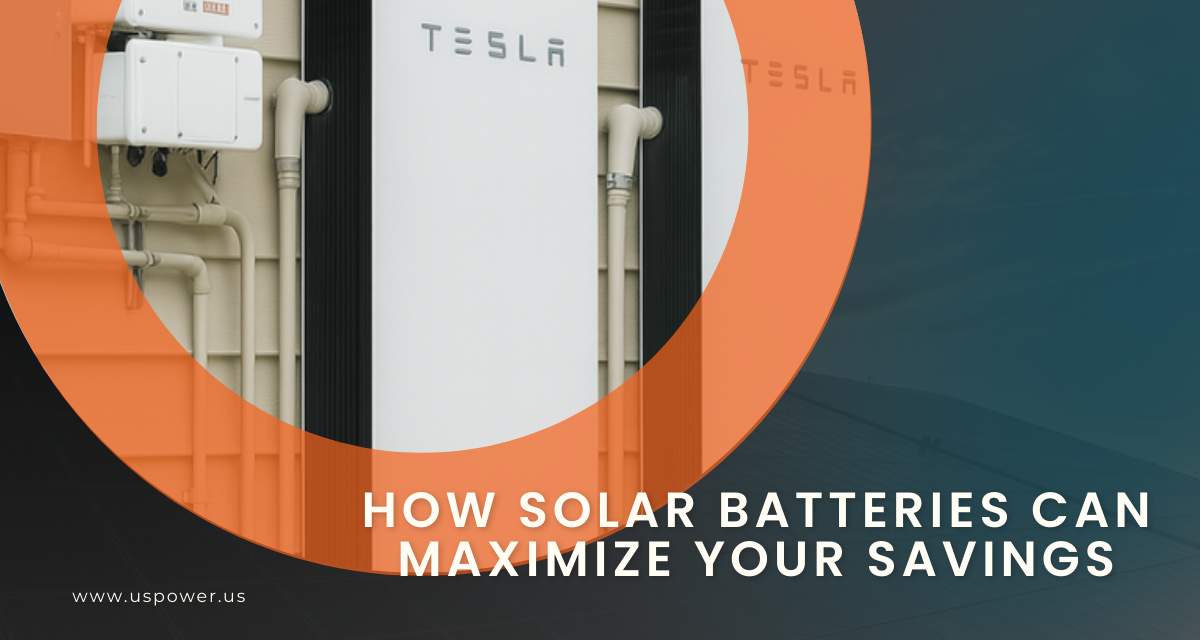Why Your Fridge Breaker Trips After Installing Solar

Solar and Roofing Advisor
Avoid nuisance trips and system issues. QCells solar panels and proper setup keep your fridge running reliably. Solar + battery solutions for worry-free energy.

You just went solar — congratulations. Your roof is now generating clean, renewable energy, and you’re watching your electricity bills shrink. But then, a frustrating problem arises: your refrigerator’s breaker keeps tripping — and only when your solar system is turned on.
You're not alone. This issue is surprisingly common, especially in new homes with grid-tied solar installs. Many electricians and solar customers chase ghost problems — faulty appliances, bad breakers, random panel glitches — when the real source of the trouble lies in the wiring setup. Left unresolved, it undermines your solar system’s reliability and convenience.
In this post, we’ll break down why this happens, why it’s not your fridge’s fault, and how partnering with an installer like US Power, using factory-direct QCells solar panels and a proper solar + battery system, can prevent and fix these breakdowns — once and for all.
What’s Really Causing Your Breaker to Trip
1. Solar Back‑Feed and Voltage Fluctuations
When your solar system is active, your inverter back-feeds power into your home’s main panel. If any neutral connections in the panel or subpanel are loose — even just a little — this back-fed current can create subtle voltage swings that sensitive breakers can’t tolerate.
Many modern homes use AFCI (Arc Fault) breakers on appliance circuits (like the one for your fridge). These are very sensitive — and even small irregularities triggered by solar back-feed can force a trip. This issue often doesn’t show up when the solar is off, which makes troubleshooting especially confusing.
One real-world example comes from a homeowner on a solar forum:
“It’s almost always a panel wiring issue, not the refrigerator … if any neutral connection is even slightly loose … the backfeed can cause small voltage fluctuations that trip the breaker.” — Reddit
Others suggested the fridge’s breaker may even need replacing:
“Just replace those sensitive breakers with a normal one … when people report breakers tripping … it seems to be … an arc‑fault breaker.” — Reddit
2. Neutral‑Ground Bonding Mess-Ups
In solar systems, the grounding and neutral bonding must be handled precisely. If the inverter’s neutral-to-ground reference is wrong, or if the inverter isn’t grounded correctly, you can introduce current on the neutral lines where there shouldn’t be any. That creates electrical “noise” — and sensitive circuits (like your fridge) suffer.
DIY solar installers often note:
“The only place neutral and ground should be bonded is in your main service panel … Other panels … should have isolated grounds and neutrals.” — Reddit
For detailed guidance on proper grounding and system design, see home solar system basics.
3. Breaker Placement & Panel Load Imbalance
Sometimes, the breaker for the fridge and the breaker for the solar inverter are on the same leg (or phase) in the panel. This proximity can amplify harmonic interference or imbalance when the solar system is producing, triggering trips. One suggestion from homeowners and technicians: try moving the refrigerator breaker to a different leg or a different slot in your main panel for better balance.
For professional tips on avoiding solar installation mistakes, check our guide.
Why Your Fridge Isn’t to Blame (Seriously)
New fridge, new house? That makes appliance failure far less likely — especially if the breaker only trips when solar is active.
When solar is off, things run smoothly, which strongly indicates the problem is tied to your solar setup.
Multiple professionals said they found nothing wrong: your appliance installer said the fridge is fine; your electrician saw no faults — but none of them may have focused on how solar integrates with your panel.
In short: this isn’t a fridge issue. It’s a system‑integration issue.
How US Power Solves the Problem — With Better Design and QCells Tech
At US Power, we take these “hidden” solar issues seriously. When you go solar with us — especially using QCells panels and a well-designed system — you get peace of mind plus performance. Here’s how:
1. Precision Installation with Factory‑Direct QCells Panels
We deliver QCells panels straight from the factory, giving you premium quality without middleman markup.
QCells modules are known for reliability, efficiency, and high power yield — backed by a 25-year product and performance warranty.
Because we control the supply chain, we ensure consistency, tight QA, and proper string design — which helps avoid imbalances that can lead to breaker issues.
For more about top-performing panels, see top-rated solar panels for Sherman Oaks homeowners.
2. Expert Panel Wiring & Torque Testing
This isn’t optional — it’s part of our process.
We verify grounding and bonding at the inverter, ensuring neutrals are isolated where needed and bonding happens only where code requires.
In systems with sensitive circuits (like your fridge), we proactively relocate breakers for balance, reducing harmonics and minimizing the risk of tripping.
3. Smart Breaker Recommendations
If your fridge is on an AFCI breaker, we’ll evaluate whether a different breaker type makes sense — or whether a more robust AFCI model is necessary.
Our installations use breakers that are compatible with solar back-feed and optimized to avoid nuisance trips.
4. Battery-Enabled Stability (Optional but Recommended)
Adding a QCells-compatible solar battery brings stability: when the system hits peak production, extra power goes into storage instead of exerting stress on your panel.
You also gain backup power, which is especially valuable in Southern California with increasing grid disruptions. Learn more about home solar battery systems for SoCal homeowners.
Through SGIP (California’s Self‑Generation Incentive Program), you can receive rebates on battery storage, making the upgrade more affordable.
Southern California Solar Incentives to Make It Happen
Leveraging incentives can lower your upfront cost or even make adding a battery nearly free — especially for SoCal residents.
- Federal Investment Tax Credit (ITC): You can still claim a 30% tax credit on your full system cost (solar + battery) — but only if your system is installed and operational by December 31, 2025. See claim the 30 federal solar tax credit before Dec 31, 2025.
- SGIP (Self-Generation Incentive Program): For 2025, California is offering up to $1,100 per kWh for residential battery installations paired with solar — particularly for equity/resiliency customers.
- SDCP Battery Program: If you're in the SDCP (San Diego Community Power) territory, QCells’ Solar Battery Savings Program can net you over $11,000 in incentives for QCells Q.HOME CORE storage.
- Property Tax Exclusion: Your solar system’s added value won’t increase your property taxes — thanks to the Active Solar Energy System Exclusion, at least through January 1, 2027.
What to Do If Your Fridge Breaker Keeps Tripping
Here’s a practical action plan for homeowners experiencing this issue:
- Don’t Blame Your Fridge — Make sure your electrician/solar installer knows this likely isn’t an appliance fault.
- Ask for a Full Neutral & Ground Audit — Every panel connection, every terminal.
- Review Breaker Setup — Request to move your fridge circuit to a different leg or change breaker type if needed.
- Consider Adding a Battery — Even a modest battery will reduce back-feed stress and give you more stable power.
- Ensure Your Installer Is Solar‑Aware — Not all electricians understand how solar changes panel dynamics. Choose an installer (like US Power) with proven experience in solar + storage integration.
- Monitor and Document — Take note of when trips happen (time of day, solar output, usage). This helps your techs diagnose the issue faster.
Why Switching to US Power Is the Best Move for Southern California Homeowners
- Expertise: We’ve handled hundreds of installs in SoCal, so we know local code, grid behavior, and common pitfalls.
- Premium Quality, Fair Price: Our exclusive partnership with QCells gives you top-tier solar modules without premium markups.
- Long-Term Reliability: Between torque‑tested connections, balanced panel design, and wiring done right, you get a solar system that works for decades — without annoying breaker trips.
- Incentive Optimization: We help you stack federal incentives (ITC) with state-level rebates (SGIP) — maximizing your savings and minimizing your risk.
- Customer‑First Approach: From the first call to monitor-on and beyond, we’re committed to performance, transparency, and service.
Breaker trips after going solar are not just an annoyance — they’re a warning signal that something in your system isn’t optimized. But with the right design, quality equipment, and a deeply knowledgeable installer, you can fix it once and for all — and enjoy the full benefits of your solar system.
If you’re experiencing fridge breaker issues, or just want a system that’s engineered to deliver reliability along with savings. Our QCells-powered solar + battery solutions are designed to work with your home — not against it.
Get a free quote today to see how much more stable (and worry-free) your solar experience could be.
Artículos relacionados
Nuestros blogs relacionados
Learn how energy management helps homeowners save money and stay efficient.
Thinking of solar? See what costs and benefits really look like in California.
Discover how solar batteries store energy and maximize your monthly savings.
Nuestros socios de marcas de energía solar y techos








Empoderamos a las comunidades y las empresas para que aprovechen las energías limpias y renovables energía solar soluciones que impulsan el crecimiento sostenible.
Derechos de autor © 2025 US POWER | Energía solar y techosUS Power - Axia by QCells. All Rights Reserved.
La privacidad es importante para nosotros, por lo que tiene la opción de deshabilitar ciertos tipos de almacenamiento que pueden no ser necesarios para el funcionamiento básico del sitio web. El bloqueo de categorías puede afectar a su experiencia en el sitio web.
Imprescindible
Estos elementos son necesarios para habilitar la funcionalidad básica del sitio web.
Personalización
Estos elementos permiten que el sitio web recuerde las elecciones que ha realizado (como el nombre de usuario, el idioma o la región en la que se encuentra) y proporcionan funciones mejoradas y más personales.
Mercadeo
Estos artículos se utilizan para ofrecer publicidad que sea más relevante para usted y sus intereses.
Analítica
Estos elementos ayudan al operador del sitio web a comprender cómo funciona su sitio web, cómo interactúan los visitantes con el sitio y si puede haber problemas técnicos.
Nosotros y nuestros socios externos utilizamos cookies y otras tecnologías para mejorar y rastrear su experiencia en este sitio, realizar análisis y personalizar el marketing para usted. Al usar el sitio, aceptas que usemos estas tecnologías, incluido el registro y el monitoreo de tus interacciones con el sitio.
¡Obtenga una estimación solar instantánea usando el satélite!










